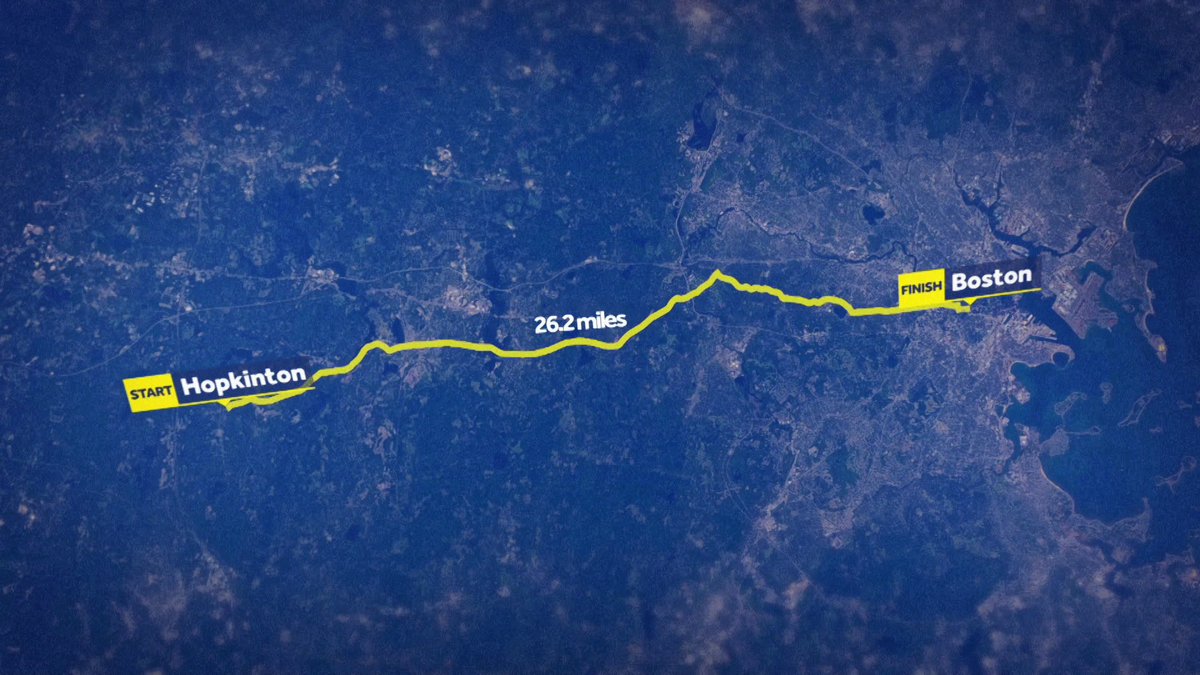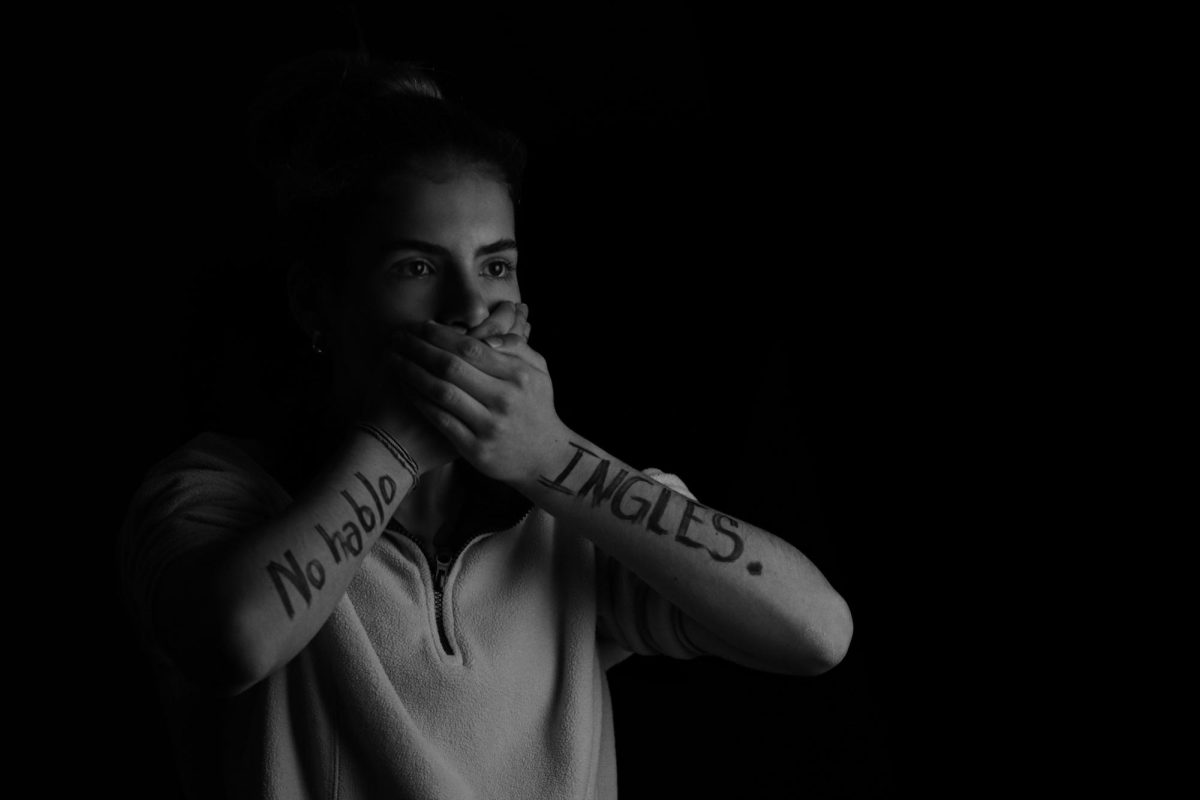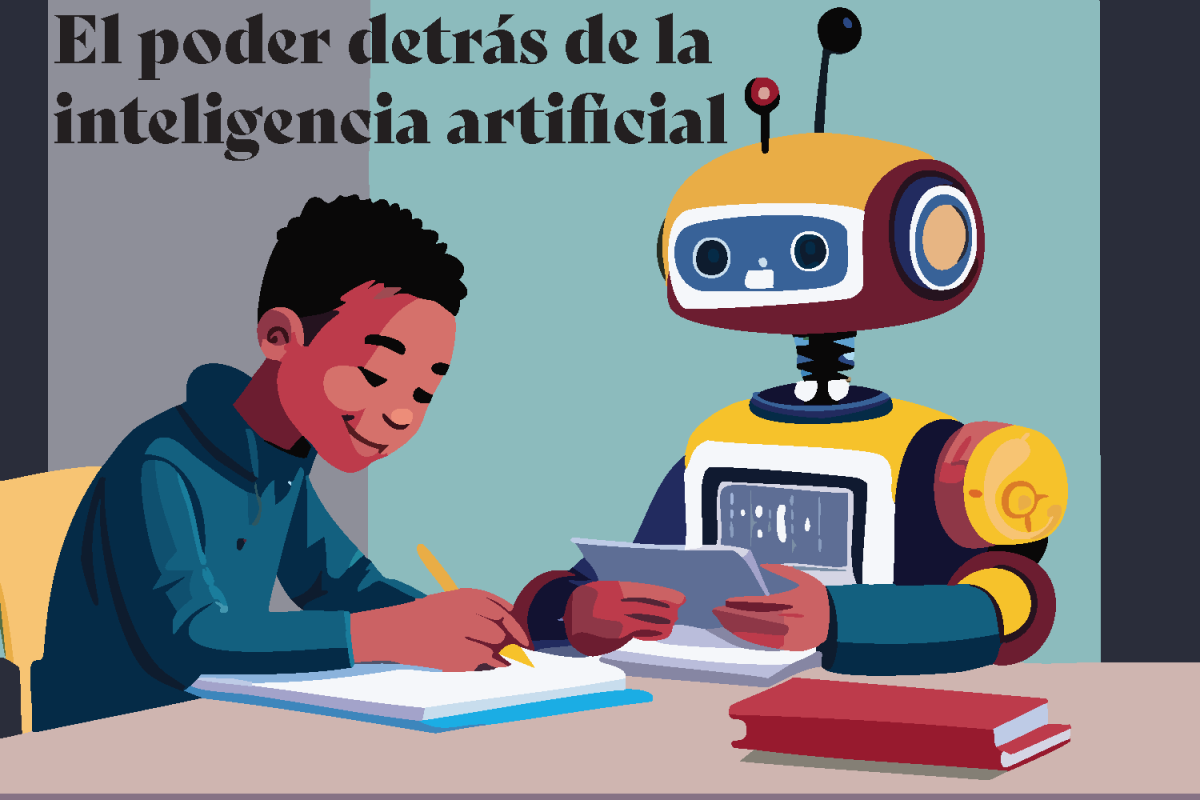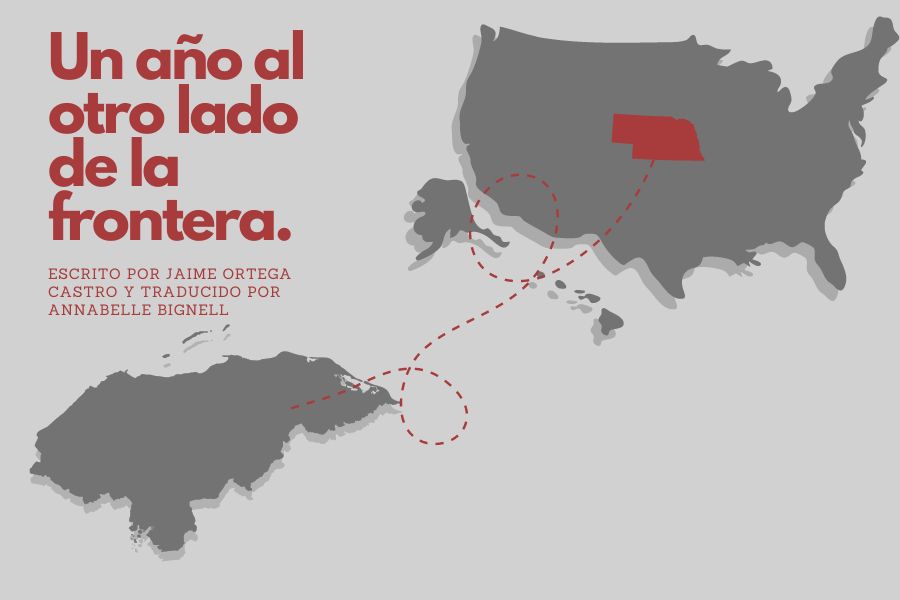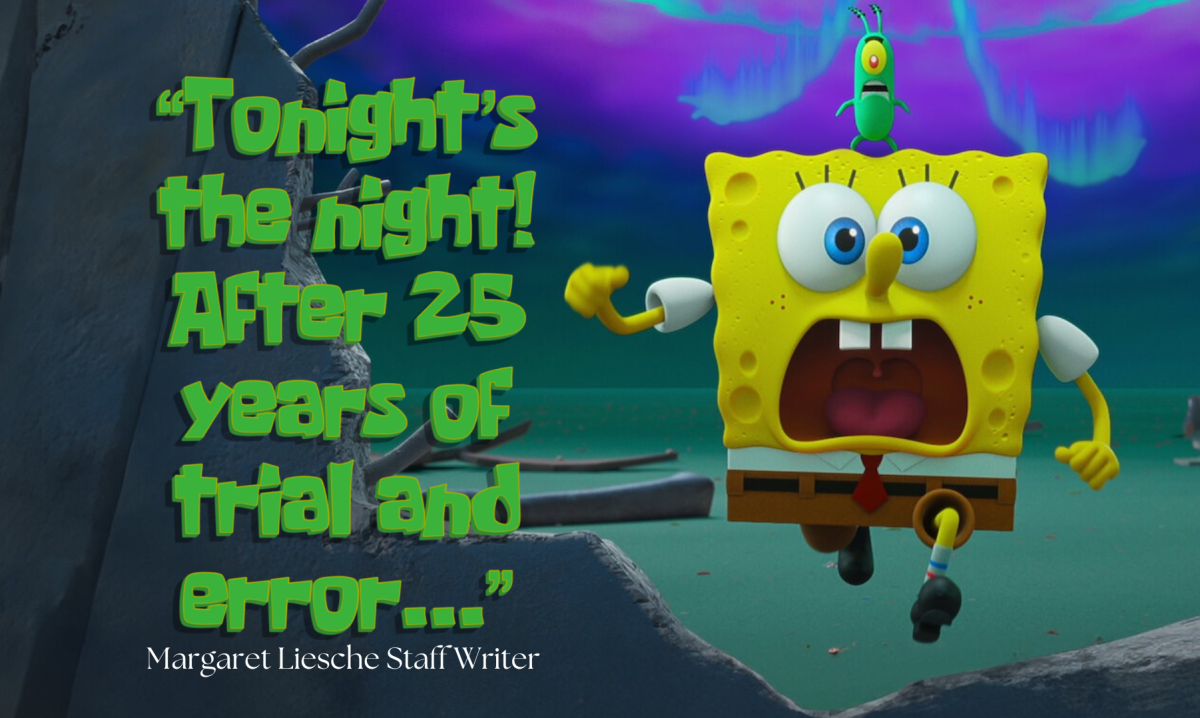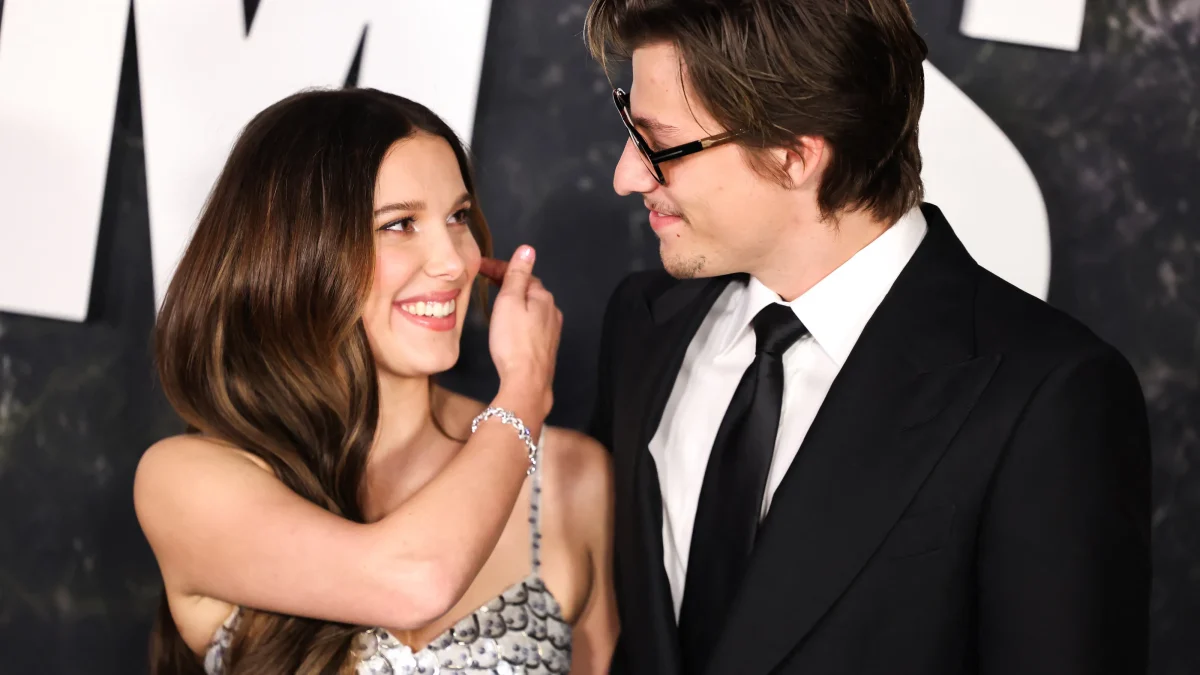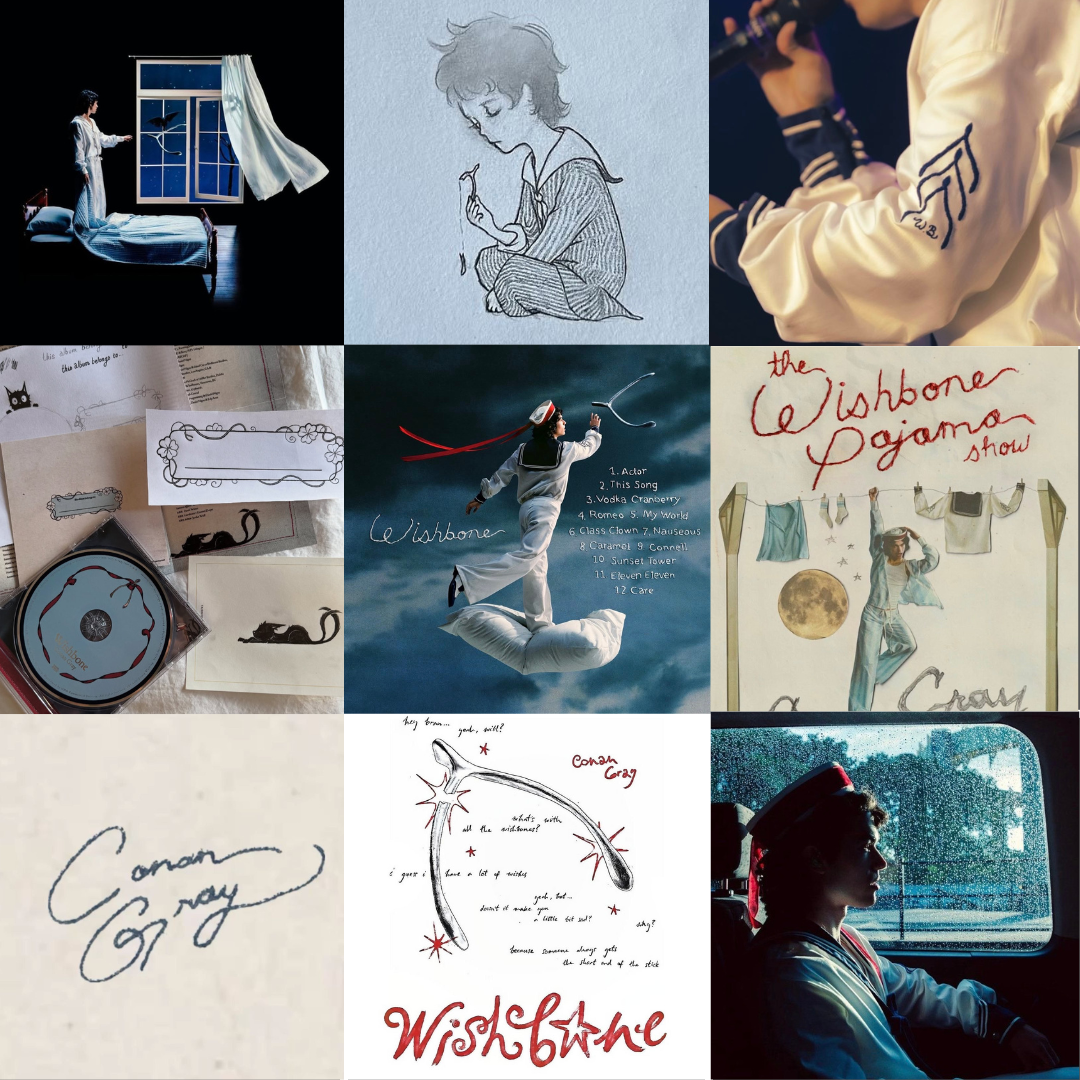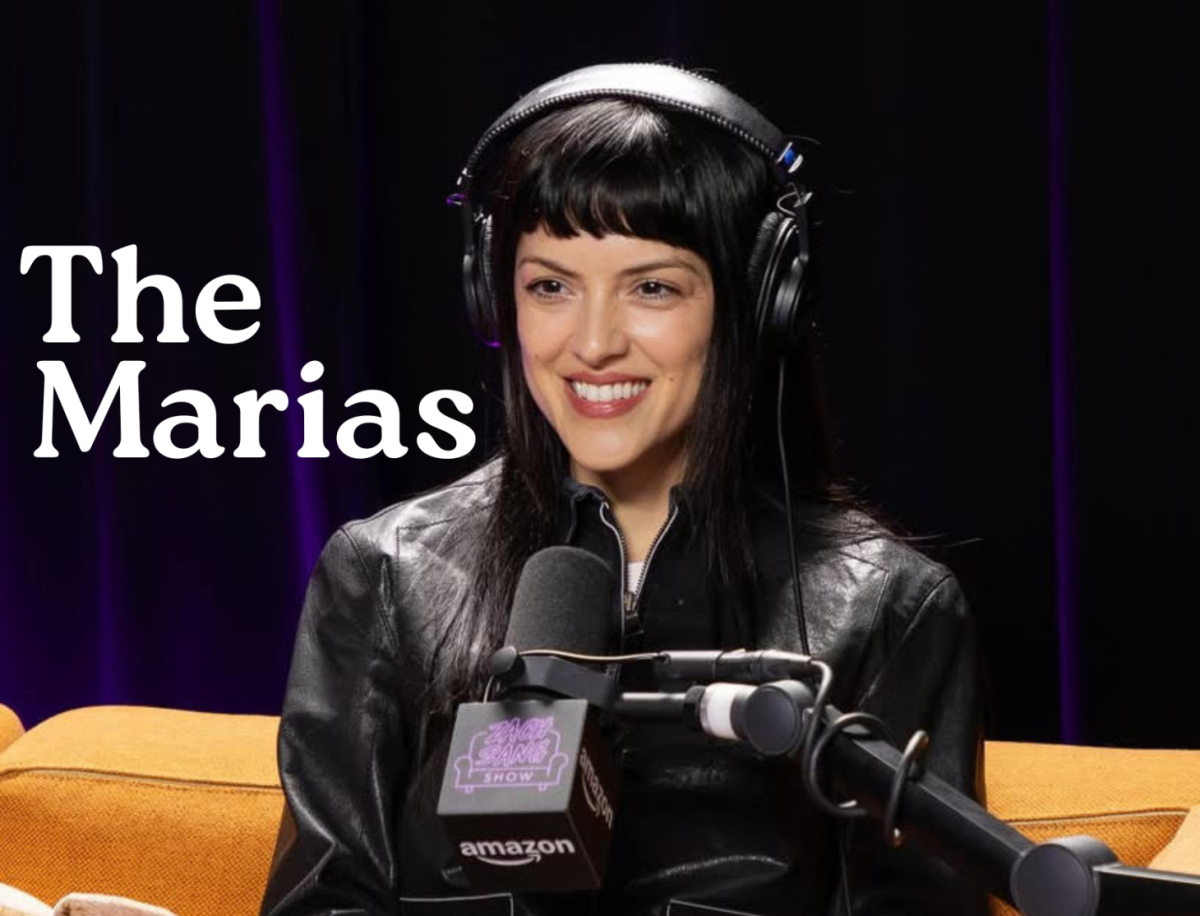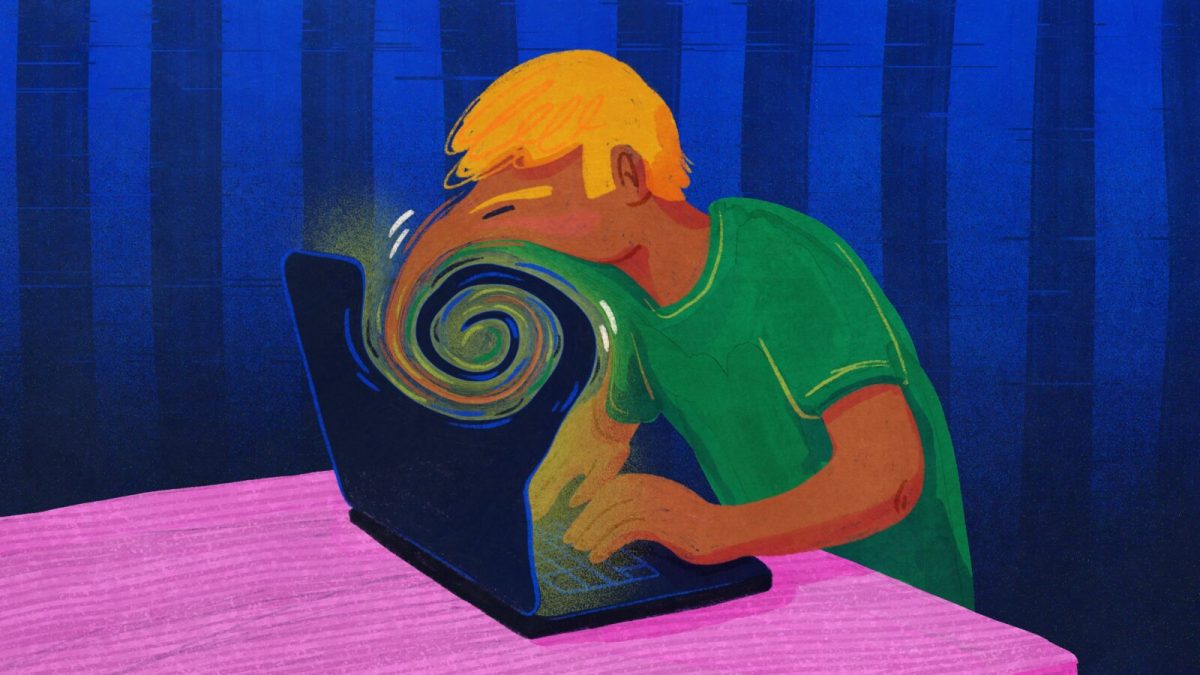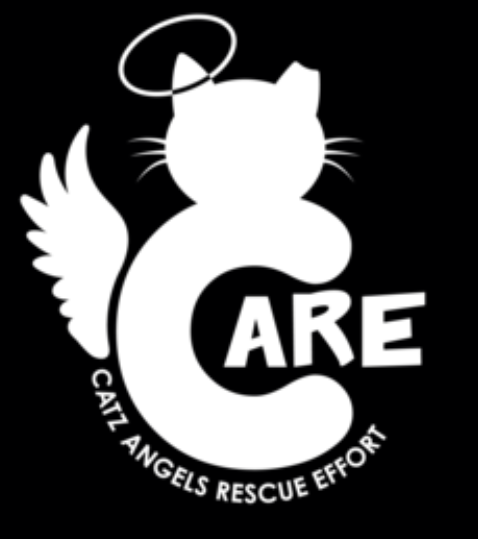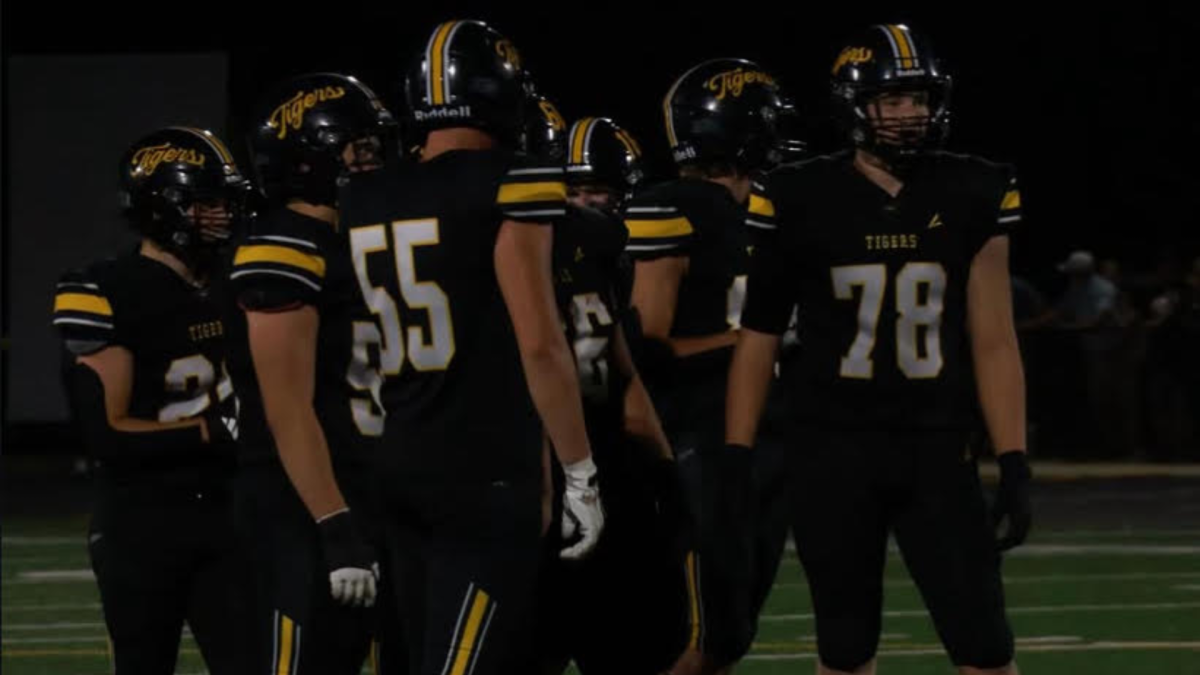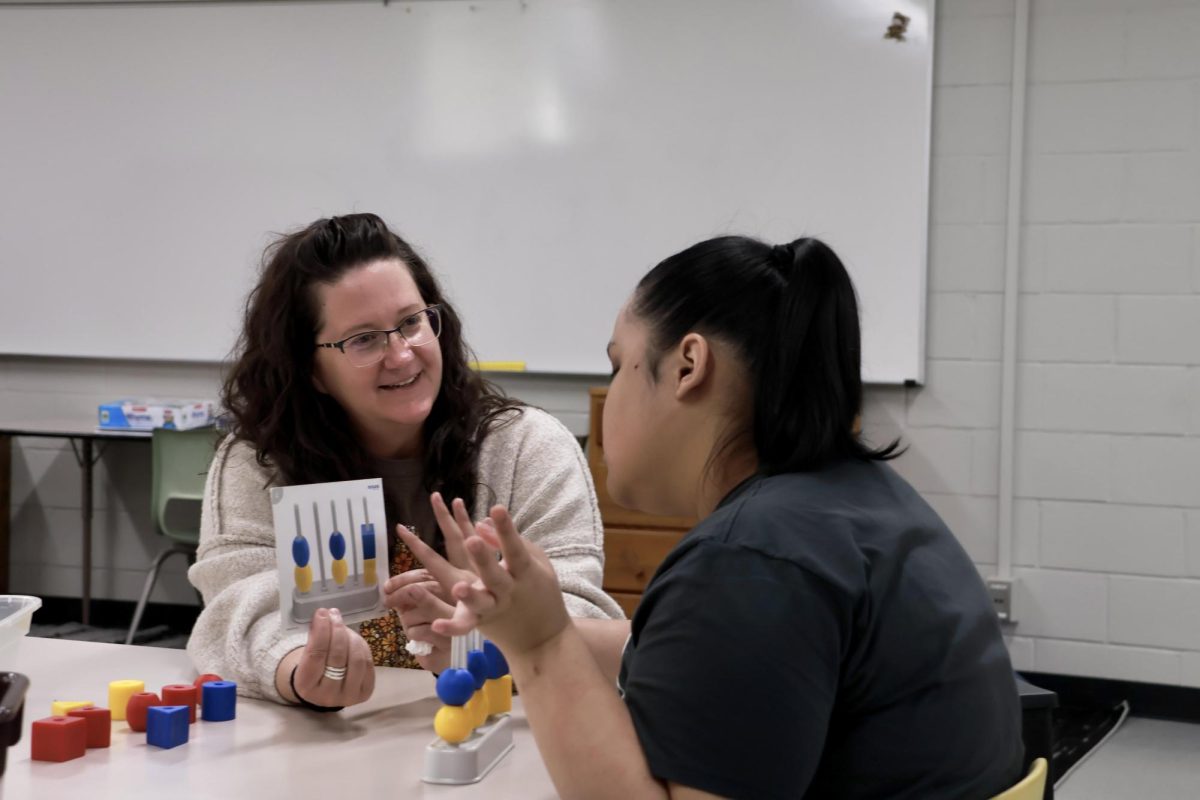Plankton: The Movie hits Netflix on 7 March 2025, once again proving the evil mastermind Sheldon J. Plankton a failure. Plankton fails throughout the film—from his attempts to steal Eugene Krabs’ secret Krabby Patty formula to his one-sided friendships and crumbling marriage. Yet, his biggest failure may very well be his own movie.
Throughout the film, Plankton takes multiple trips down memory lane when SpongeBob SquarePants hypnotizes him to remember his life with his computer wife, Karen, whose marriage with him hits a breaking point, prompting her to take over the world on her own.
The songs, written by Mahuia Bridgman-Cooper, throughout the film have quite a catchy tune and provide an interesting way of learning about someone’s backstory, feelings, or thoughts. In the song “I Made a New Friend”, Plankton sings about building Karen—his new friend—from a calculator, wires, and a potato for power. One line in the song raises deeper questions about Plankton’s intelligence and self-perception.
“There’s no doubt I came out the smartest of the bunch, but if you must know, that ain’t sayin’ much,” Plankton sings.
While Plankton is smart enough to invent different objects, typically used for his heists in trying to steal the Krabby Patty formula, the line in the song may indicate he is not as smart as he claims to be. Time and time again, Karen is often portrayed as the true mastermind behind their schemes in the show.
In the episode of SpongeBob SquarePants’ “Enemy In-Law,” Plankton refers to Karen as his “W.I.F.E. Wired Integrated Female Electroencephalograph,” indicating that he thinks of her as more of an assistant than a spouse. In Plankton: The Movie, even though they had agreed in their childhood that they would be partners in crime, Plankton still refers to her as his “assistant.” That scene is just one of many in the film leading to Karen kicking Plankton out and taking over the world by herself.
The film hits various key points in Plankton’s life, but a few scenes debunk what is stated in the show SpongeBob SquarePants. For example, in the movie, Plankton appears unaware of the Krabby Patty in a flashback until he and Karen sit in the Krusty Krab after their first failed attempt at world domination and hear Eugene Krabs say, “Me patties will take over the world.”
Yet, in the show, Krabs and Plankton were childhood friends who invented the Krabby Patty recipe together, ripping it in half, and Plankton ended up with the worst end of it. After Plankton hears Krabs talk about the patties, he pulls Karen across the street, forming the idea to steal the patty formula to dominate the world. From that point on, their relationship mostly consists of arguments about whether or not Plankton truly loves Karen, which is safe to say he does. Still, he seems incapable of expressing emotions beyond determination, anger, jealousy, and hostility.
One excellent point of Plankton’s lack of emotional expression is when he blames Karen for destroying Bikini Bottom, but SpongeBob quickly provides the truth. SpongeBob realises that Plankton was never interested in getting Karen back; instead, the little green man’s interest still lies in the secret formula, casting away any hope of a successful or, more realistically, semi-stable relationship.
SpongeBob quickly left the copepod behind, claiming to find his “real friends.” After SpongeBob leaves, Plankton swiftly asks for his return, which doesn’t happen. The little green copepod bursts into song, “I’m a Jerky Jerk”, about how he realizes that every insult hurled at him is, in fact, true and understands why nobody has given him the affection he desires, leaving him in a new mindset and a genuine effort to repair his relationship with his wife.
The SpongeBob SquarePants universe has multiple sequels, prequels, and spin-offs, allowing the characters to prove they are worth watching and discovering more about their story. Yet, over half of those films or shows are rarely worth revisiting—or watching at all.
Since the original show, every film and show has involved Douglas Lawrence, best known as Mr. Lawrence, who voices the evil copepod, Plankton and Kazimieras ‘Kaz’ Prapuolenis. Chris Viscardi joined the SpongeBob franchise to help Lawrence and Prapuolenis co-write Plankton: The Movie.
Since Lawrence was involved in every SpongeBob franchise production, a well-executed script and plot might be expected, but that hasn’t been the case for most entries in the franchise. One fabulous example is Saving Bikini Bottom: The Sandy Cheeks Movie. Sandy Cheeks’ film is the predecessor of Plankton’s, leaving fans doubtful about Plankton’s film from the start.
The animation throughout the film is quite disappointing and nothing like what is shown in SpongeBob SquarePants. Each scene and shot in the show is hand-drawn Cel animation, while coloring and finalization are done digitally. Plankton: The Movie uses 2D, 3D, live-action, and CGI animation. The Rubber Hose Style is seen in Plankton’s childhood flashback, which is used previously in the SpongeBob SquarePants episode ‘Rubber Hose Rug.’
Plankton: The Movie showcases Plankton’s failures at stealing a secret formula, one-sided friendships, and his marriage, but the film also provides proof that Plankton is not a total failure because he manages to mend his relationship with his computer wife to some degree. The film’s end gave viewers a new perspective on the evil mastermind, seeing him as a semi-sappy, love-struck husband who cares deeply for his wife.
After seeing the movie twice to better understand and grasp more details, it is ultimately not worth a third watch. Honestly, it wasn’t even worth the second watch. The different styles of artwork took a lot of time to adjust to and suppressing the feeling of annoyance against the unoriginal plotline was hard. The film being rated higher than the original SpongeBob franchise film, The SpongeBob SquarePants Movie (2004), was not deserved.






